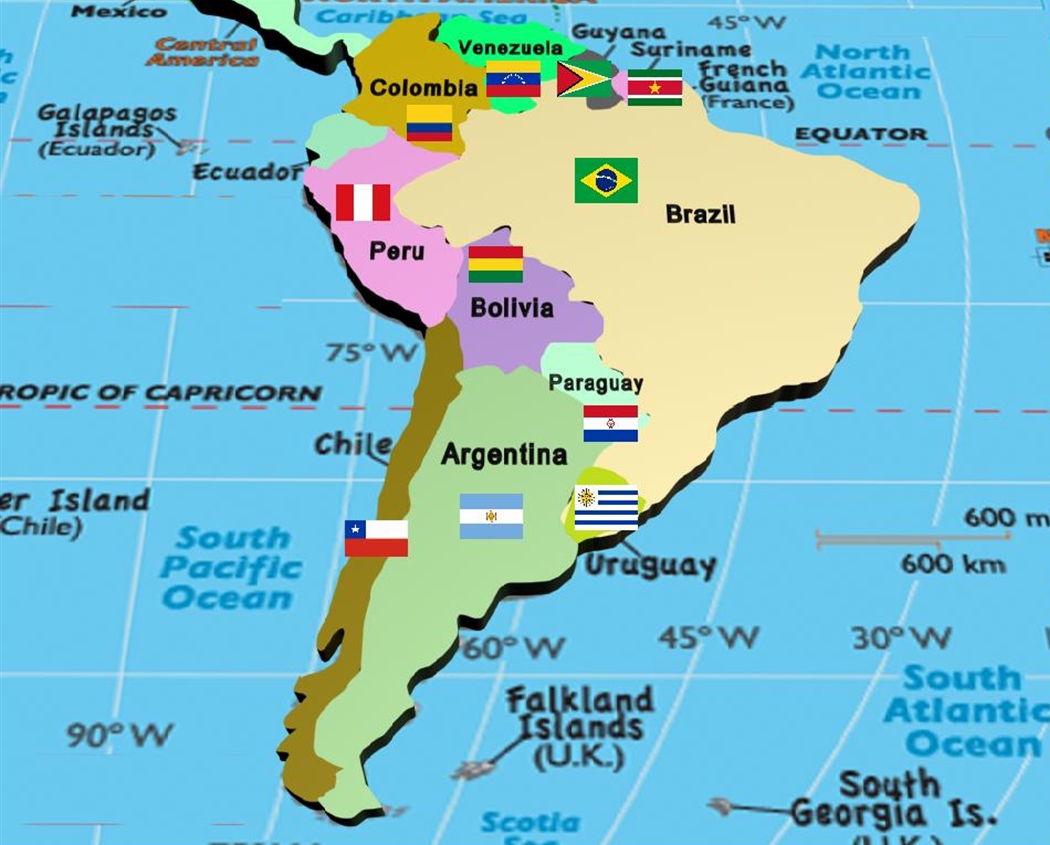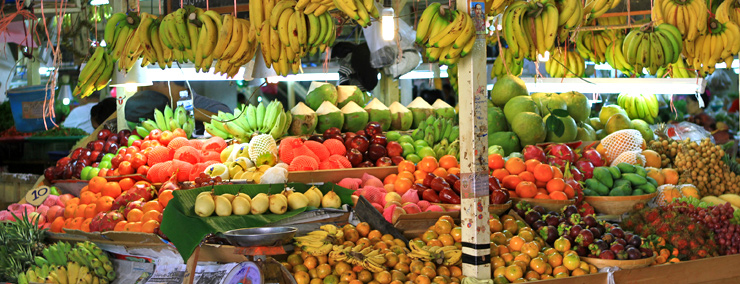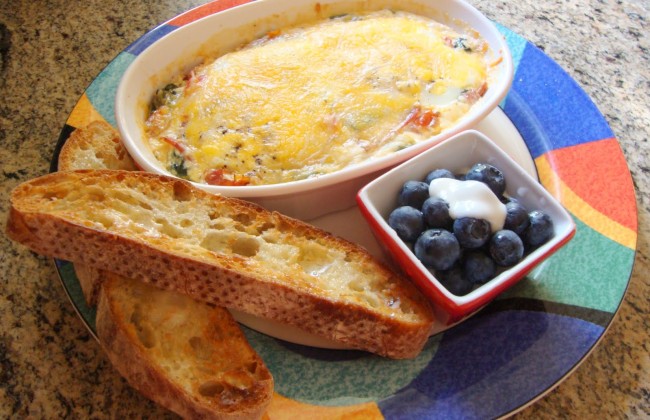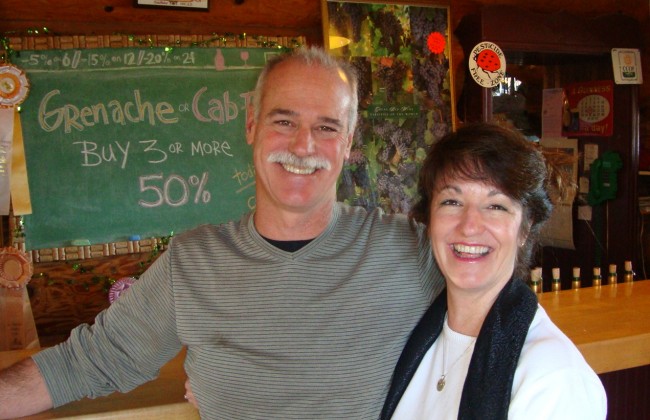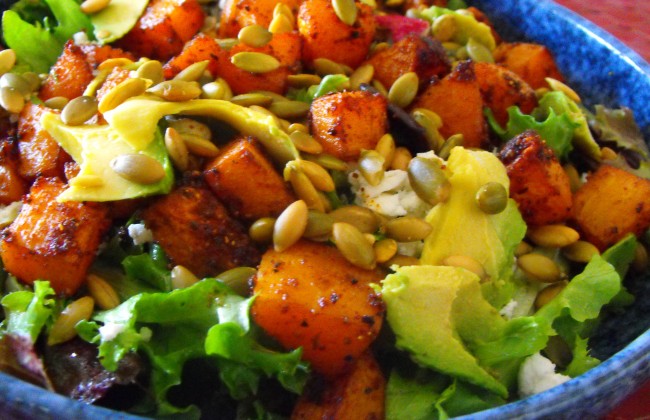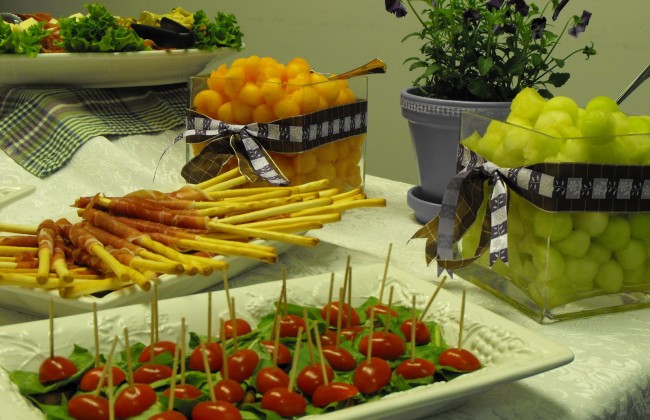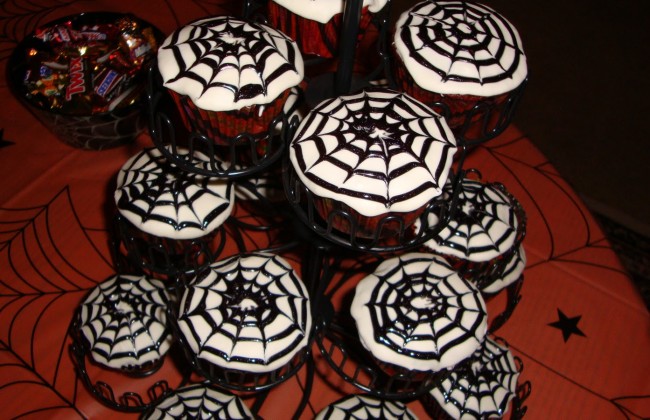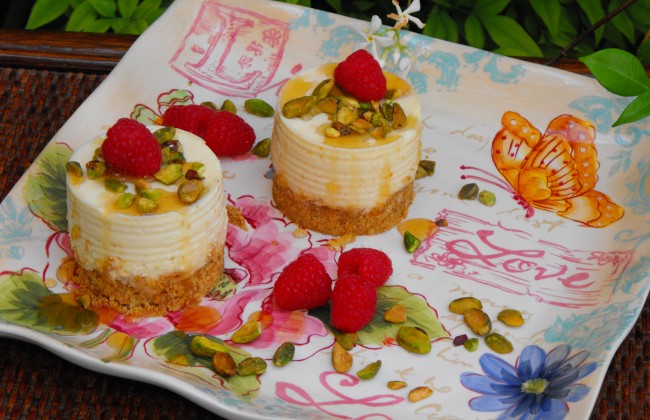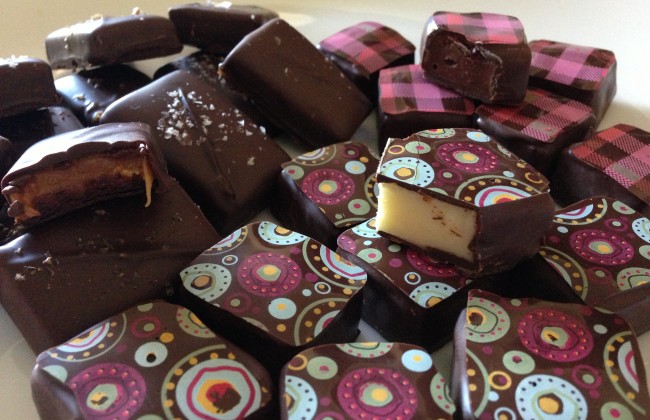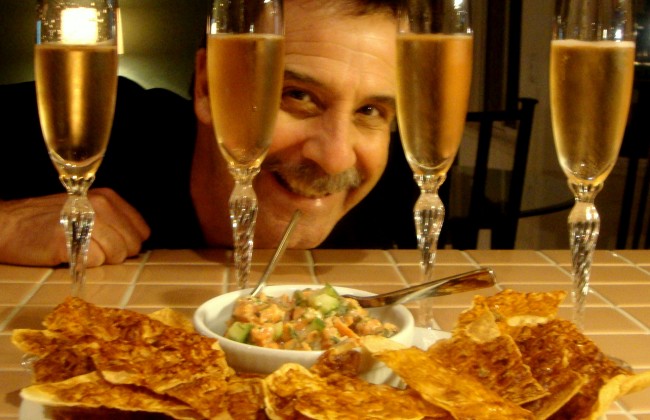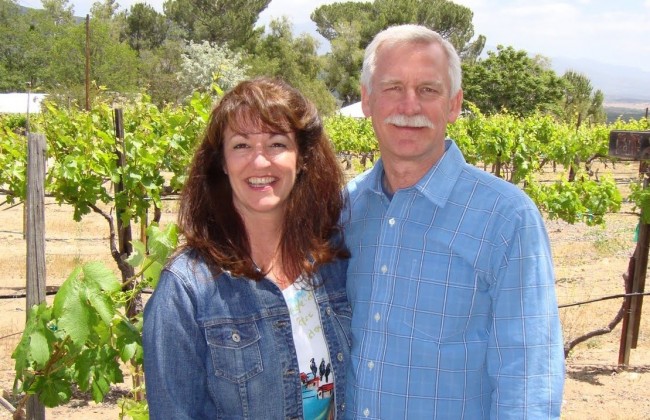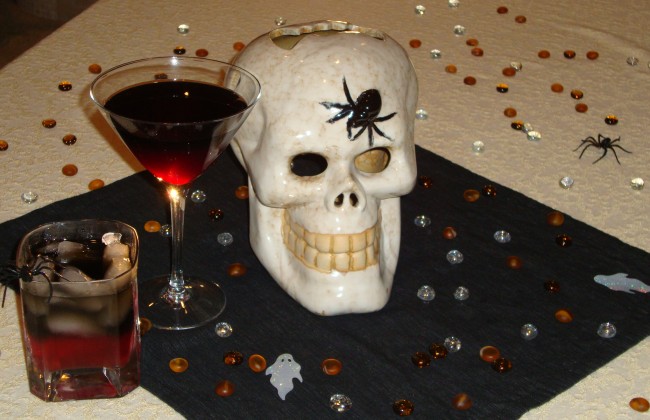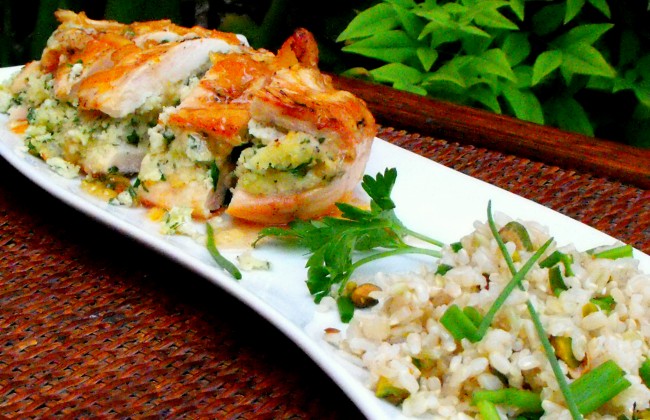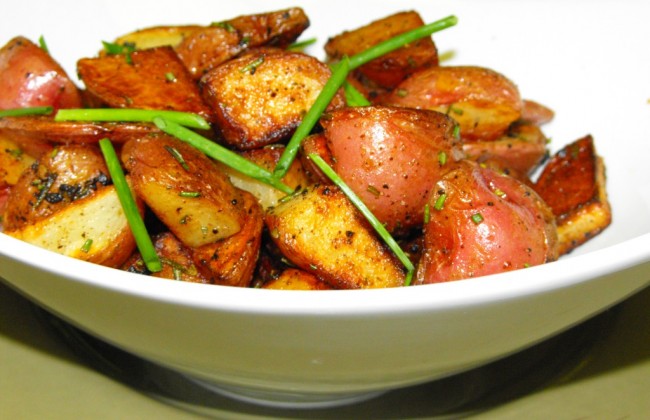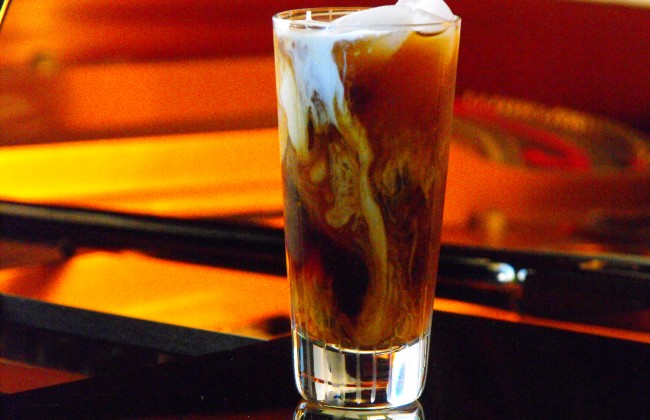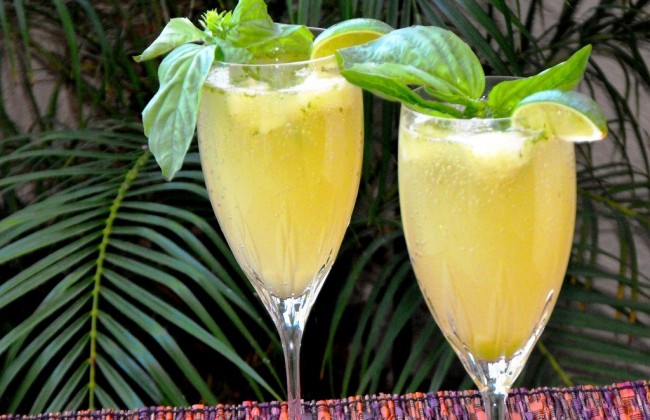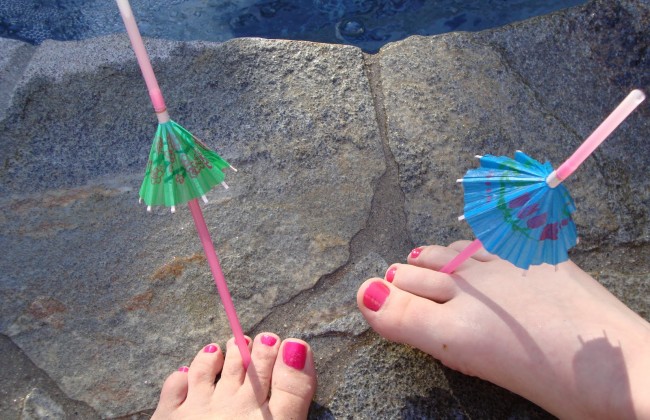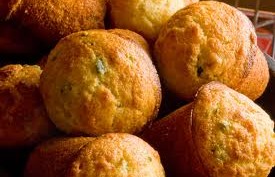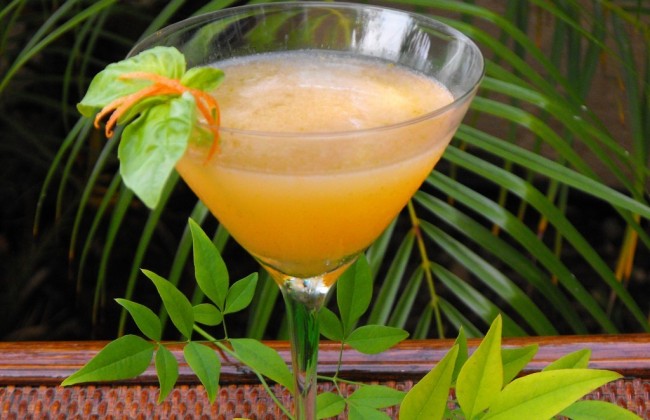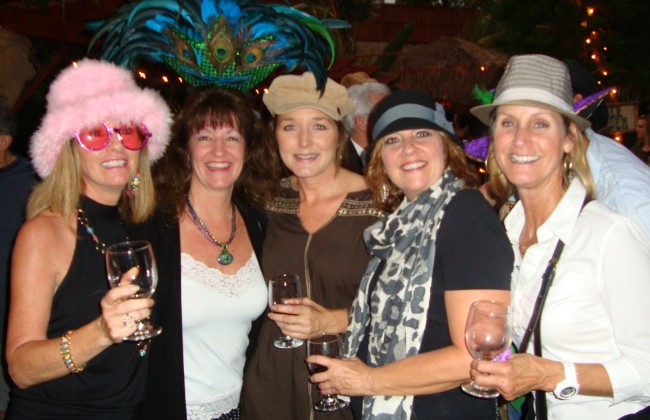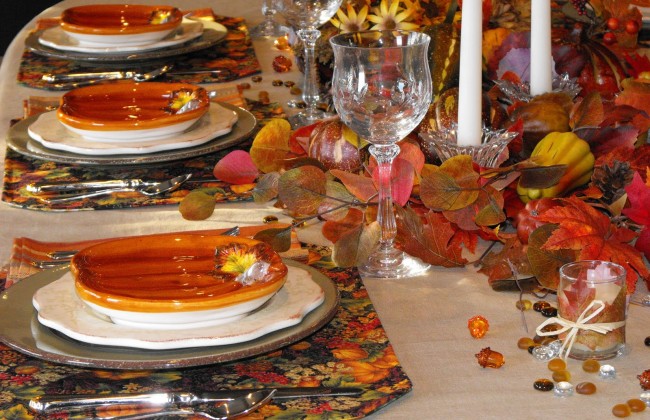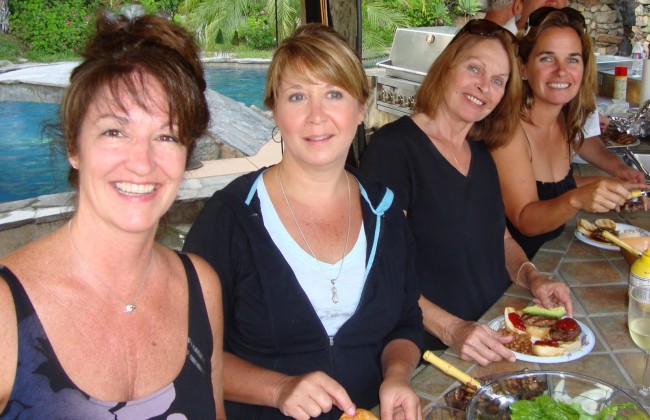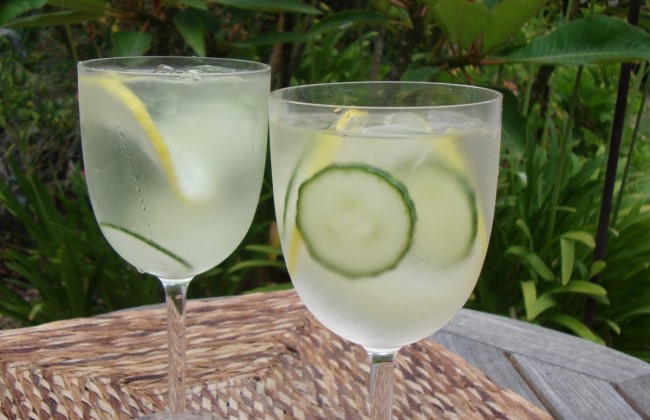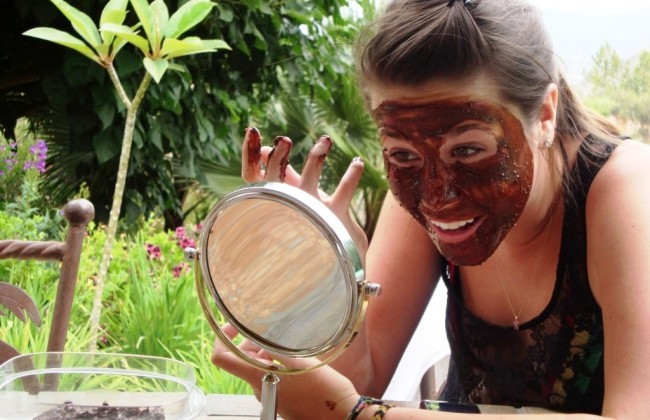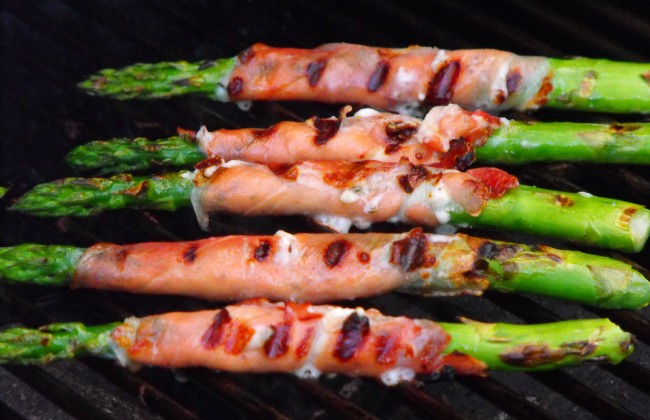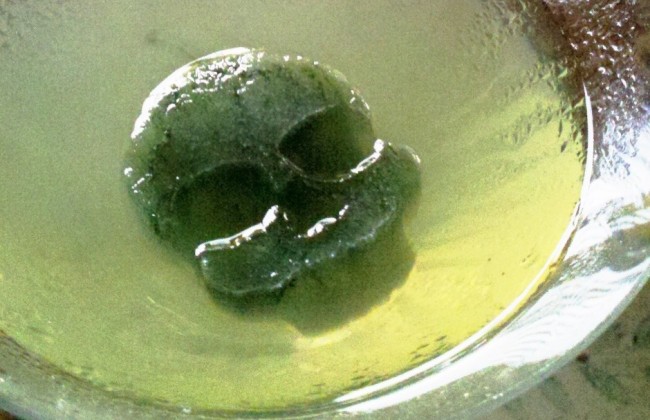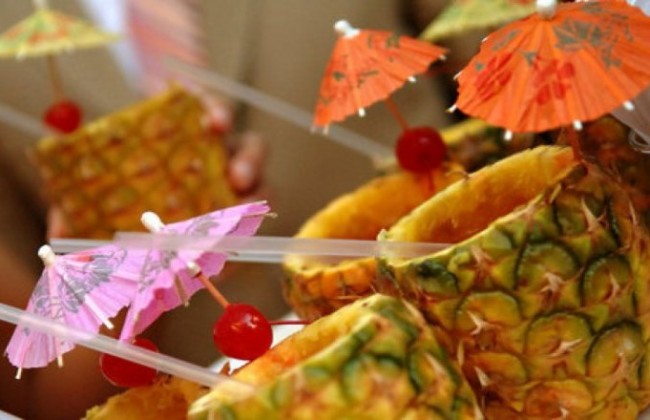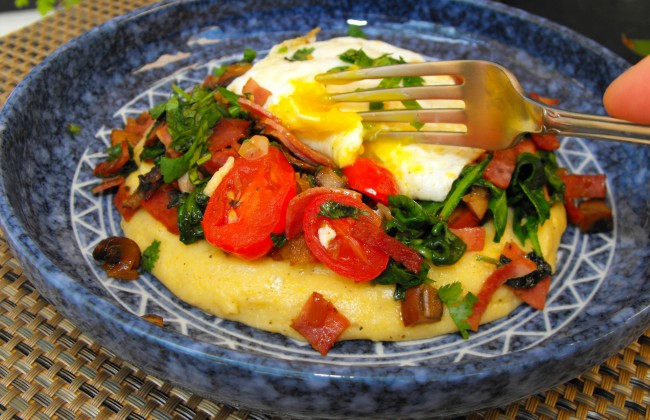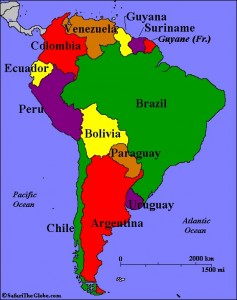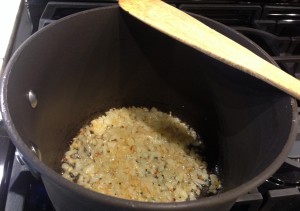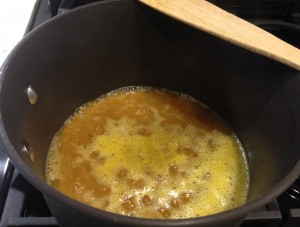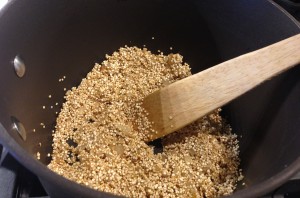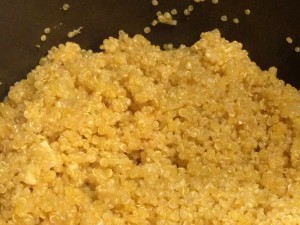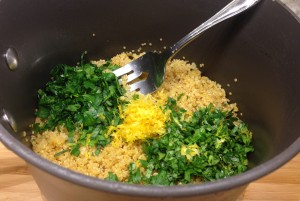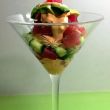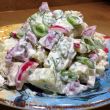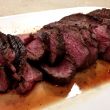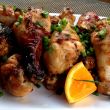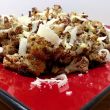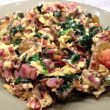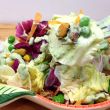South America here we come! The International Cooking Tour stops off in South America, the land of many wonders. Did you know they are the the 4th largest continent, can boast they have the world’s highest waterfall ~ Angle Falls, the longest river ~ The Amazon, the longest mountain range ~ The Andes, the largest rain forest ~ Amazon Rain Forest, their capitol has the highest elevation ~ La Paz, Bolivia and the world’s southernmost city ~ Ushuaia, Argentina. Now that’s quite a bit to be proud of and we haven’t even gotten to their amazing food yet! So hang onto your hat, there’s so much to savor about South America!
The Spanish were very busy people conquering other lands but rumors of gold sent them to South America in the 16th century. Francisco Pizarro explored south from Panama reaching the Inca territory. And what a huge territory the Inca Empire was! The capitol at Cuzco covered most of modern day Peru, part of Ecuador, Bolivia and northwest Argentina and the greater part of Chile. The Incas built road systems and had sophisticated methods of cultivation including terracing and irrigation. Shiploads of European settlers poured in to make their fortunes in gold and coffee, bringing with them slaves from West Africa.
South America includes (12) independent countries and (3) major territories; the Falkland Islands, Galapagos Islands and French Guiana with each of them bringing something different to the party and each of them sharing similar food styles. Let’s just highlight a few: Venezuela’s main crop is sugarcane with an abundance of fruit following close behind. Among the most unusual foods in this country is Logarto Sancocho (Lizard Soup). Sorry gang, I could not find a recipe for it! The Guyana’s were first settled by the Dutch and then followed by many Germans and Austrian which influenced the cuisine of the region. Curries from India and fried noodles from Indonesia add their touches to dishes.
Columbia is the only country with both Caribbean and Pacific Ocean coastlines so seafood has a major impact on the cuisine. Coffee is the leading agricultural crop and soups and stews with strong Spanish flavors can be found throughout the country. Ecuador, in Spanish, means Equator and they are known for exotic fruits, ceviche, and fresh soups. Meats are often seasoned with a spicy Aji sauce made from a red pepper and a national delicacy. Aji’s are to Ecuador, Bolivia and Columbia as Chimichurri’s are to Argentina.
Brazil was a Portuguese colony up until 1822 and their influence shows in the rich sweet egg breads served at nearly every meal. Seafood stews are predominate in the north, while the south is the land of Churasscos (meaning to barbeque) where the meat is cut straight from the skewer with large knives and served directly onto the plate. Chile was introduced to wine making when Spanish priests brought vines with them but when those vines were replaced with French varieties, wine making became a very serious industry! Uruguay’s cuisine is the result of many influences, including Gaucho, Spanish and Italian. Italian immigrants opened pasta making businesses and imported parmesan cheese and prosciutto into the country.
Argentina means “land of silver” and is the Beef capitol of the world. The most famous dish is the Parrillada, a mixed grill plate of meats and sausages (chorizos) and served with Chimichurri sauce – a cross between Mexican Salsa and Italian Vinaigrette. Argentina is the fifth largest producer of wine too!
Peru, “the land of the Incas”, is the potato capitol of the world! What? Not Ireland? That’s right, they produce over 300 varieties of potatoes including purple, blue, yellow, and shades of red and brown. The Indians also grew Quinoa. Quinoa is a plant grown in the region between the countries of Argentina, Bolivia, Chile, Columbia, Ecuador, and Peru. Quinoa was cultivated and used by pre-Columbian civilizations and is often referred to as “the Ancient Grain”. It is very common to have multiple starches on a plate in these South American countries!
Let’s make an Herbed Quinoa Salad that’s a great accompaniment for chicken or fish. Only one starch on our plate today!
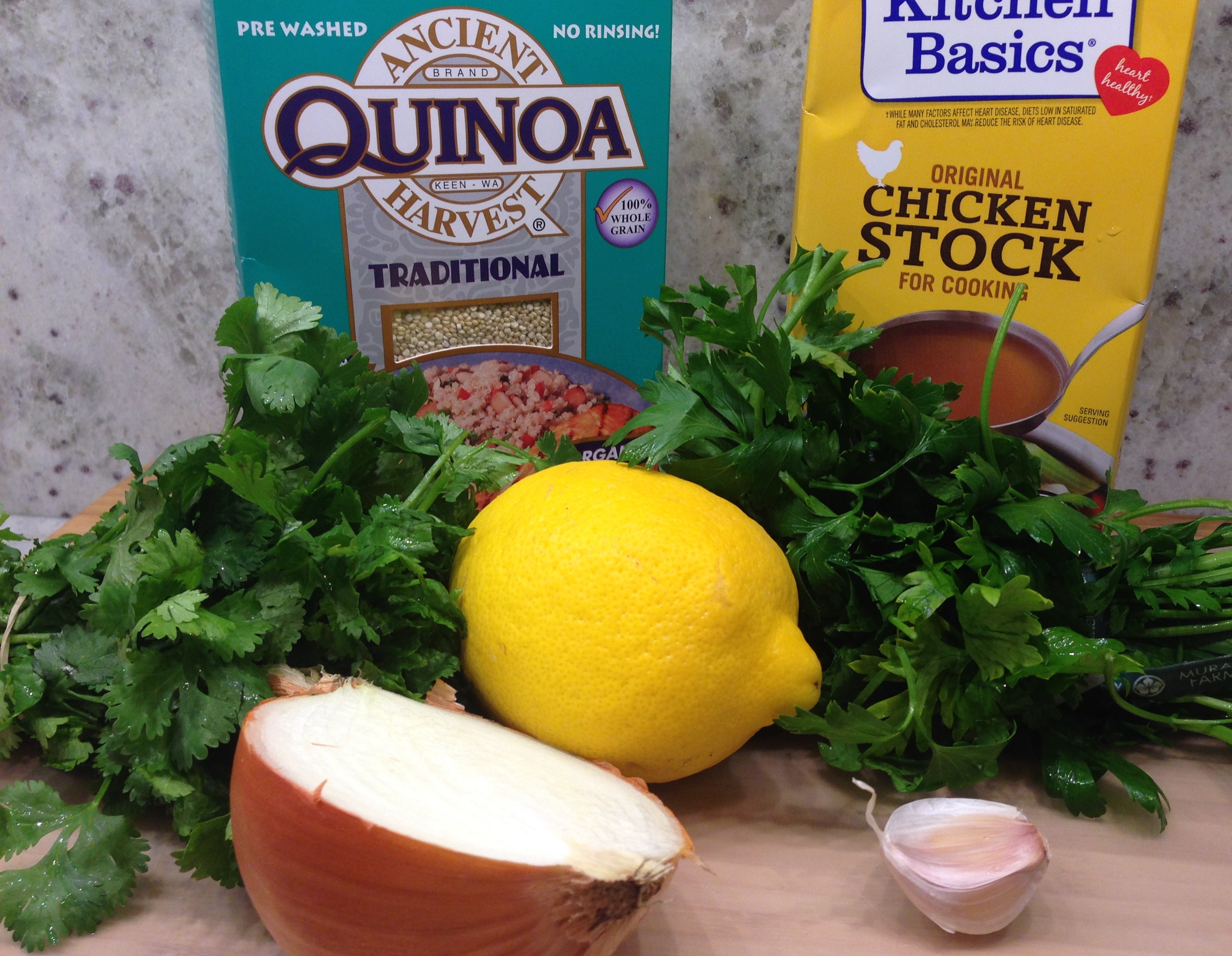
Ingredients so fresh and light it just feels good to eat them!
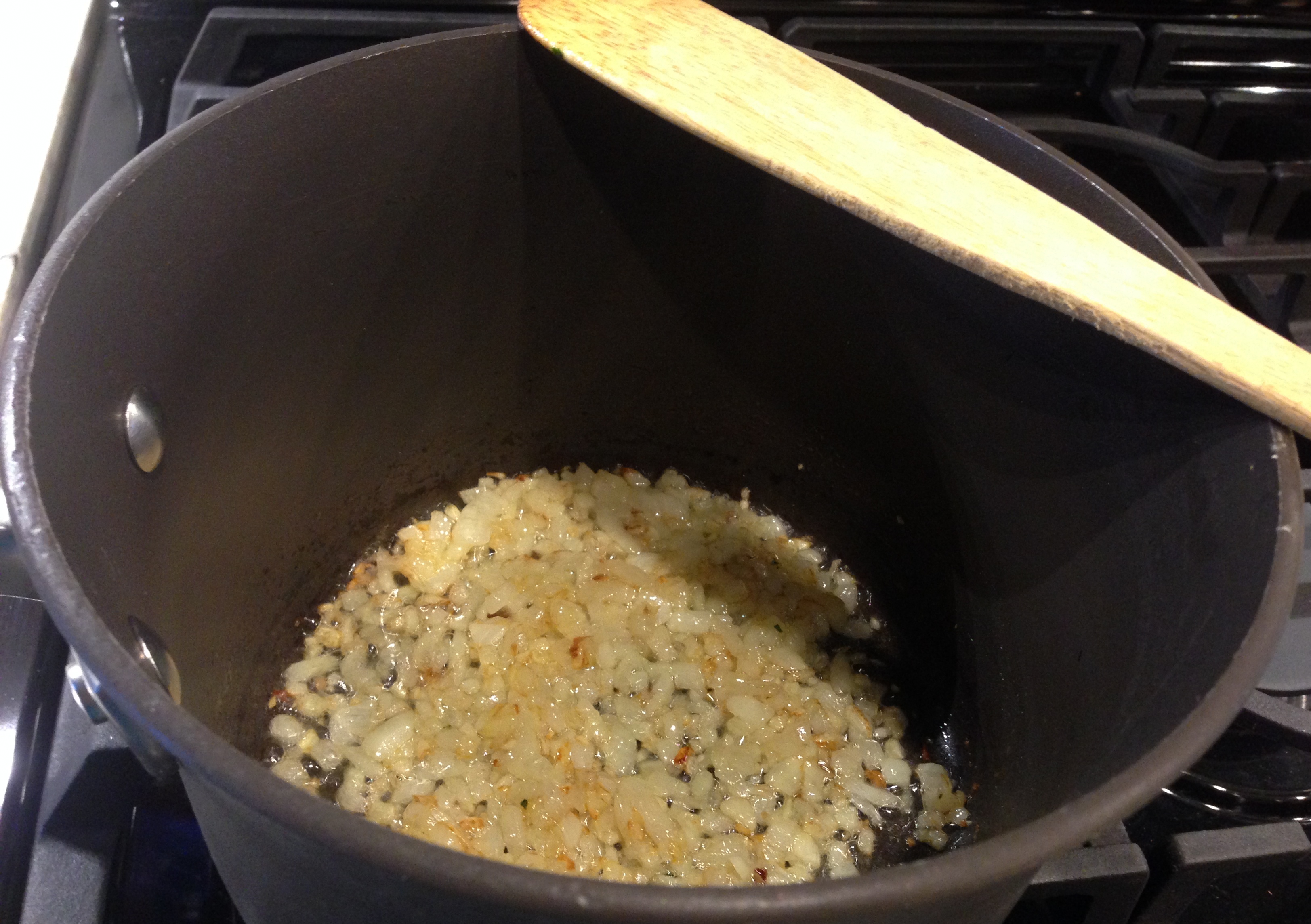
Melt butter in a saucepan over medium heat. Cook onion and garlic until lightly browned, about 10 minutes.
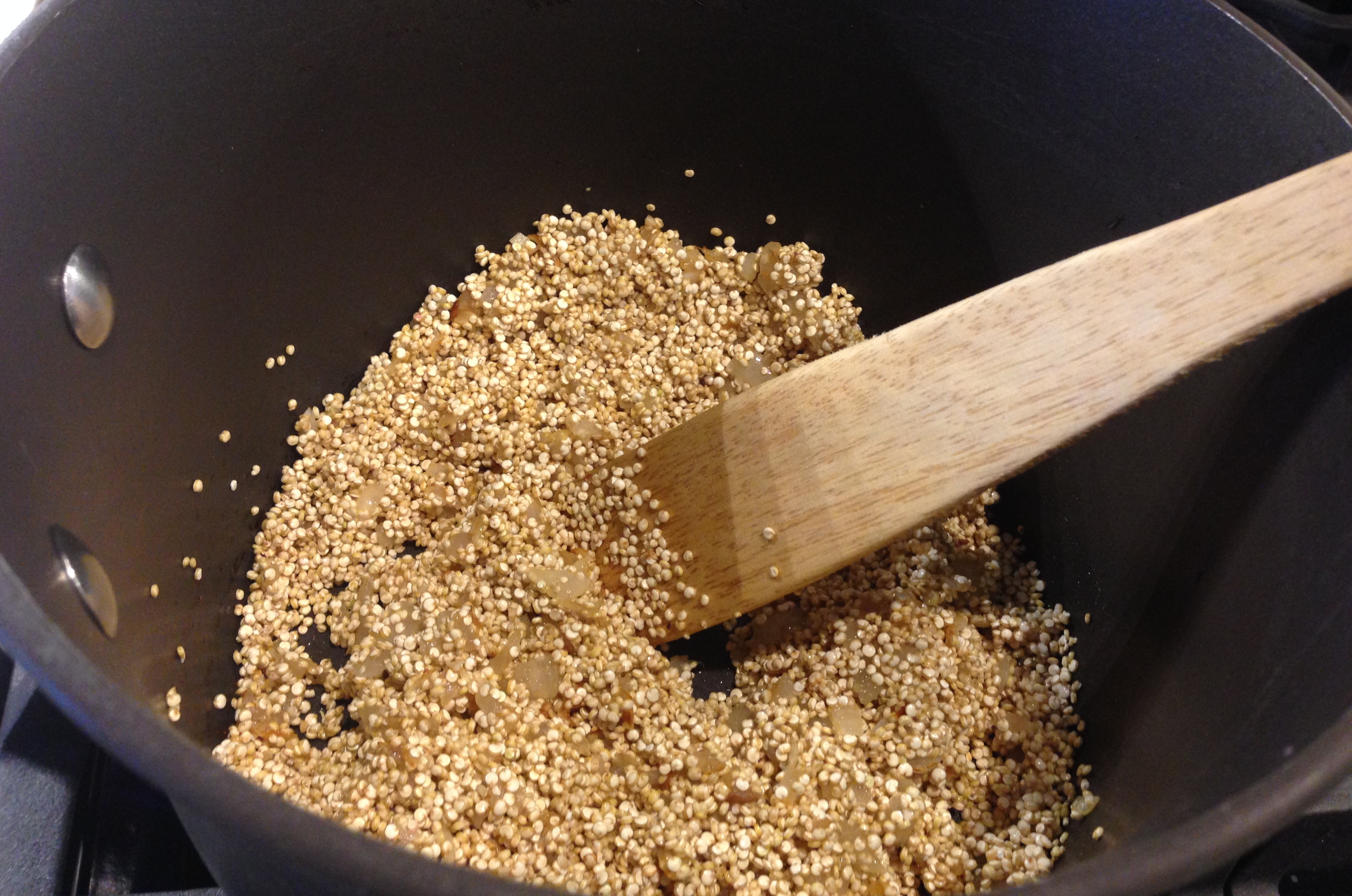
Add the rinsed quinoa and coat the grains in the onion butter toasting for several minutes. This will bring out the nutty flavor of the quinoa.
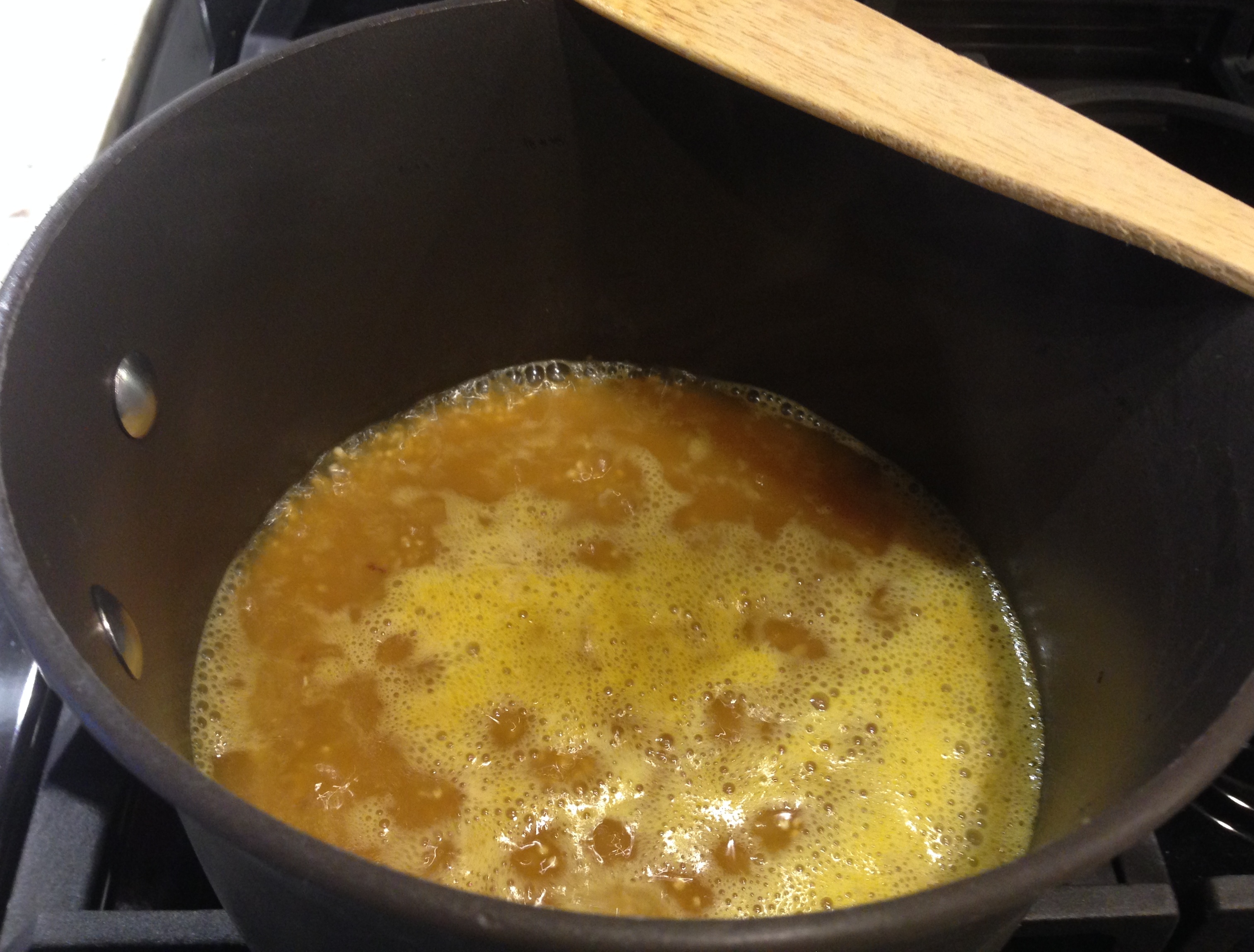
Stir in broth and salt and bring to a boil. Reduce to a simmer, cover, and cook for 15 minutes, or until moisture is absorbed and quinoa is tender but retains a slight crunch. The “rule” for cooking rice type products is 2:1, 2 cups water to 1 cup rice but I’ve found by cutting back on the water a little bit you get a firmer, fluffier rice. So I use a ratio of 1 3/4 cup water to 1 cup rice. You won’t get the mushy, sticky version of rice this way. Leave the sticky rice for sushi!
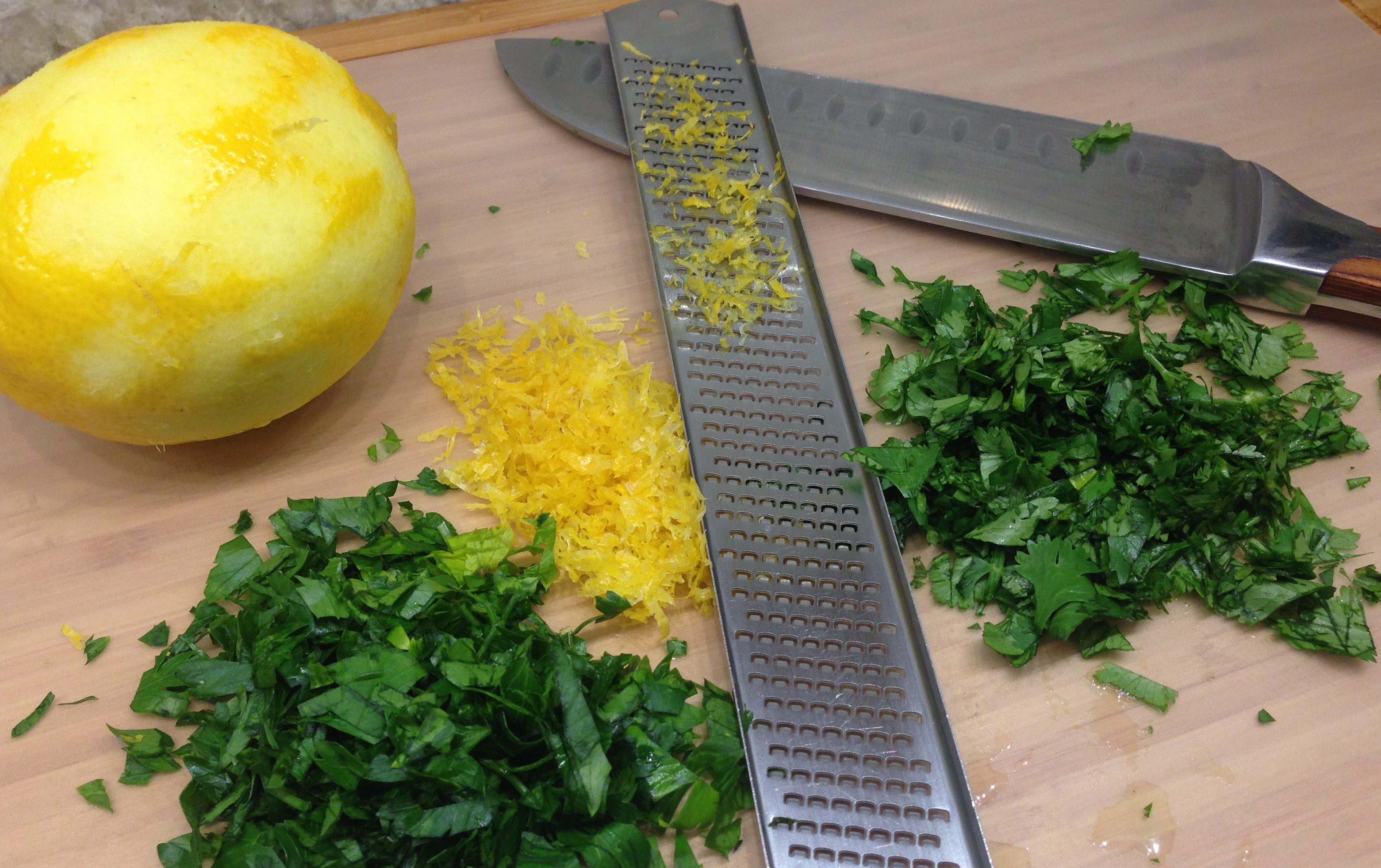
While the quinoa is cooking, zest the lemon and chop the herbs. These are very happy colors and you can just smell the freshness!

Look at those beautiful grains with the cute little tails! Crunchy and nutty and so good for you. Did you know that quinoa is an anti-inflammatory food? Who knew good for you could taste so good!

Right before you are ready to serve, add parsley, cilantro, dill, lemon zest and toss in the quinoa to mix. Use a fork to keep the grains separated. This will keep the herbs green and vibrant and full of flavor! Squeeze with lemon juice, season with salt and pepper to taste and serve.


- 1 tablespoon butter
- 1/2 small onion, chopped
- 1 clove of garlic, minced
- 1 cup uncooked quinoa, rinsed and drained
- 1 3/4 cups chicken or vegetable broth
- 1/4 teaspoon salt
- 3 tablespoons fresh Italian parsley, chopped
- 3 tablespoons fresh cilantro, chopped
- 3 tablespoons fresh dill, chopped
- Zest of 1 lemon
- Big Squeeze of fresh lemon juice
- Melt butter in a saucepan over medium heat. Cook onion and garlic until lightly browned, about 10 minutes.
- Add the rinsed quinoa and coat the grains in the onion butter toasting for several minutes. Stir in broth and salt and bring to a boil. Reduce to a simmer, cover, and cook for 15 minutes, or until moisture is absorbed and quinoa is tender but retains a slight crunch.
- Right before you are ready to serve, add parsley, cilantro, dill, lemon zest and toss in the quinoa to mix. Use a fork to keep the grains separated. This will keep the herbs green and vibrant and full of flavor! Squeeze with lemon juice, season with salt and pepper to taste and serve.
